Pesarattu Recipe is one such recipe that has originated from the proud and affluent tradition of Andhra Pradesh, India. This energetic and appetizing meal, which is green as spring and has a sharper taste than a regular dosa, belongs to a dosa subclass prepared with green gram, or moong dal, as the primary ingredient. In contrast to the normal rice-based dosas, there are varied differences in taste, quality, and nutritional value of the Pesarattu recipe and for this very reason, the clients having special dietary needs or new era health-conscious eating population, cooks and food lovers and the calorie control freaks will always prefer to have this dosa, especially in South India.
What Makes the Pesarattu Recipe Special?
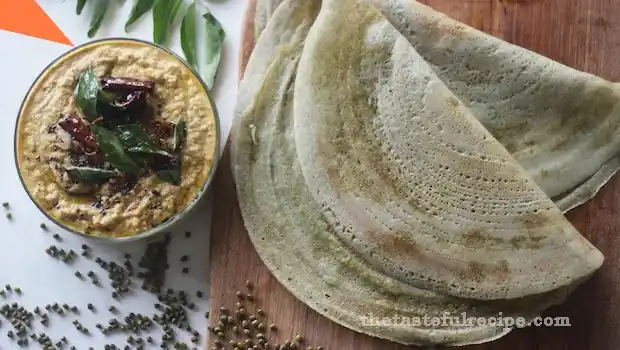
In the preparation of the Pesarattu Recipe, the main ingredient is the green gram which is nutritionally packed. Green gram is very rich in proteins, fibers, vitamins as well as minerals thus offering the best opportunity to have a qualitative change in meals. On including green gram, the nutritional value of the Pesarattu Recipe improves A little however addition of green gram endows the Pesarattu recipe with a very rich taste and a tiny tinge of the flavor of soil, which makes the Pesarattu recipe different from other dosas.
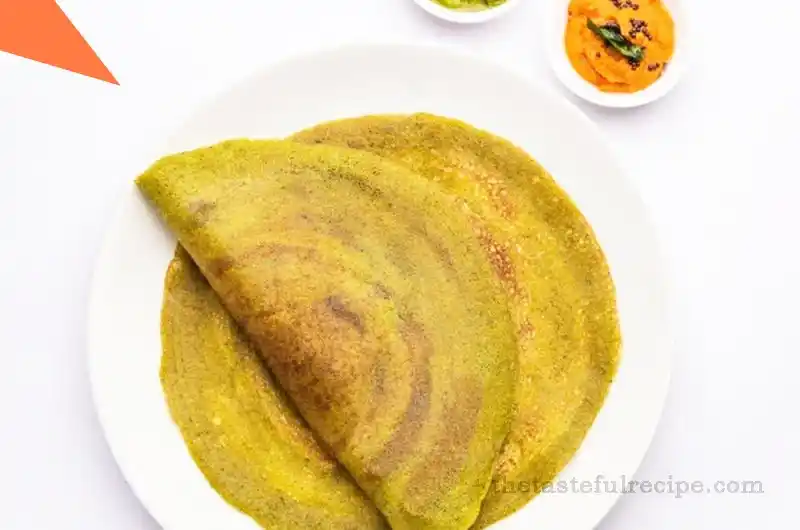
The thing that instantiates with the Pesarattu Recipe is that even in the preparation of the dish there is much flexibility. The normal preparation includes green gram, ginger, and green chilies although variations in preparation are likely to be realized depending on the preferred taste. Some doughs have rice added to the batter to produce a better crunch; some other doughs have sauce with chopped spinach or cumin seeds for a better taste. Due to this characteristic of the Pesarattu Recipe, it is well-liked by most families as it can easily be inclined to meet the preferred nutritional preference of everyone in the house.
The Simple and Healthy Pesarattu Recipe
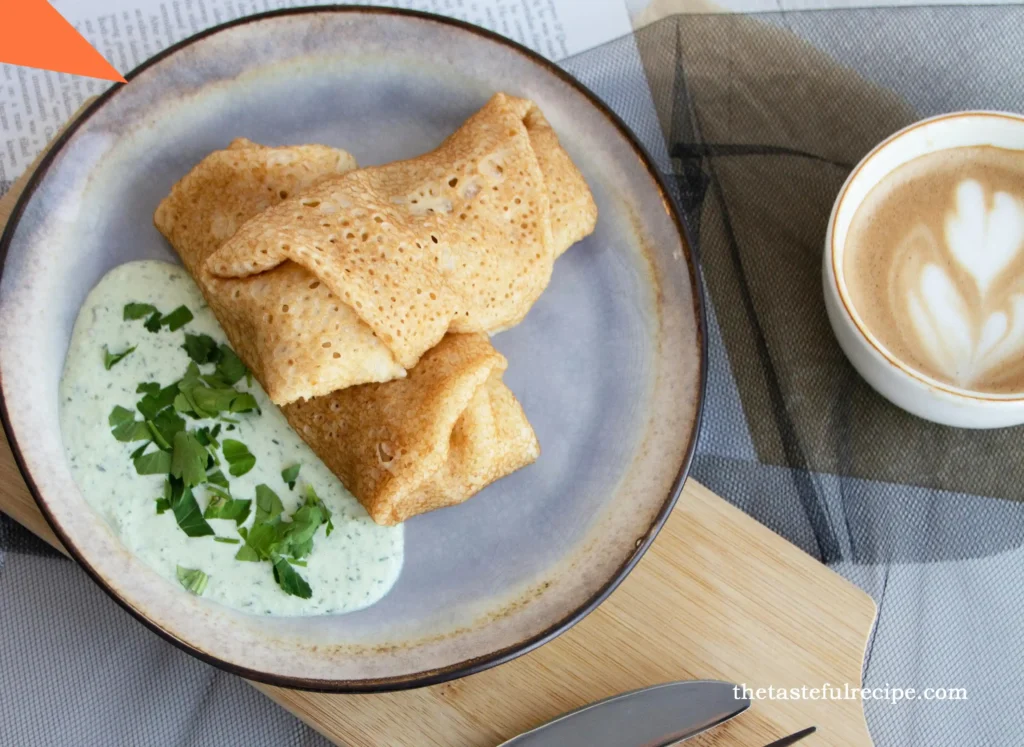
The preparation of the Pesarattu Recipe is easy and, thus, recommended for any cooking level, whether for a beginner or an expert chef. The method starts with the washing and soaking of the green gram (and rice in case it is included in the preparation). This step is also important because it effectively prepares the legumes for the batter by softening their texture. These soaked items are then coarsely ground with ginger and green chilies that makes the perfect batter, which is full of flavors and aroma.
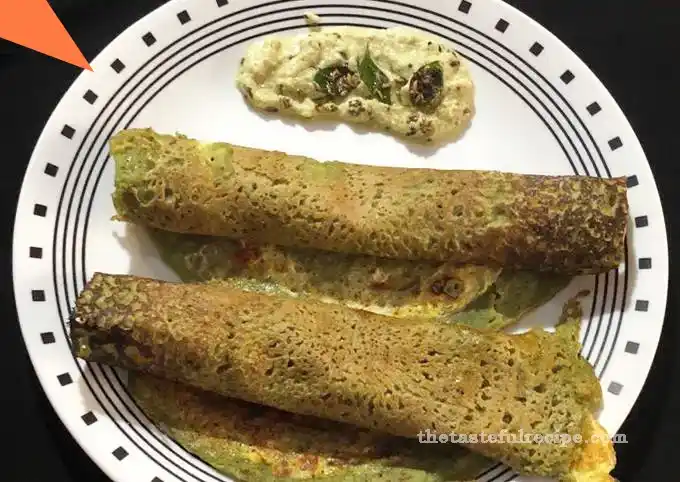
Preparation of the Pesarattu is said to be very effortless or should I say very fast. The quantity of one ladle is poured over a hot, thin layer of oil, and garnishes are put on the patty such as finely chopped onions and coriander leaves. The dosa is fried to the crispy brown at the edges making a perfect foil to the soft and spiced inner part. This combination of textures is one of the several that makes the Pesarattu Recipe to be highly preferred by many.
Nutritional Benefits of the Pesarattu Recipe
The peserattu recipe is so tasty and at the same time a powerhouse of health-promoting nutrients. Green gram has further healthy fats and is a rich source of protein that aids in the building of muscles as well as their repair. It is also formed of a high content of dietary fiber and is vital in digestion and promoting good health of the tummy. Also, I found that the other nutrient in green grams is antioxidants; it can assist the body to fight against free radicals.
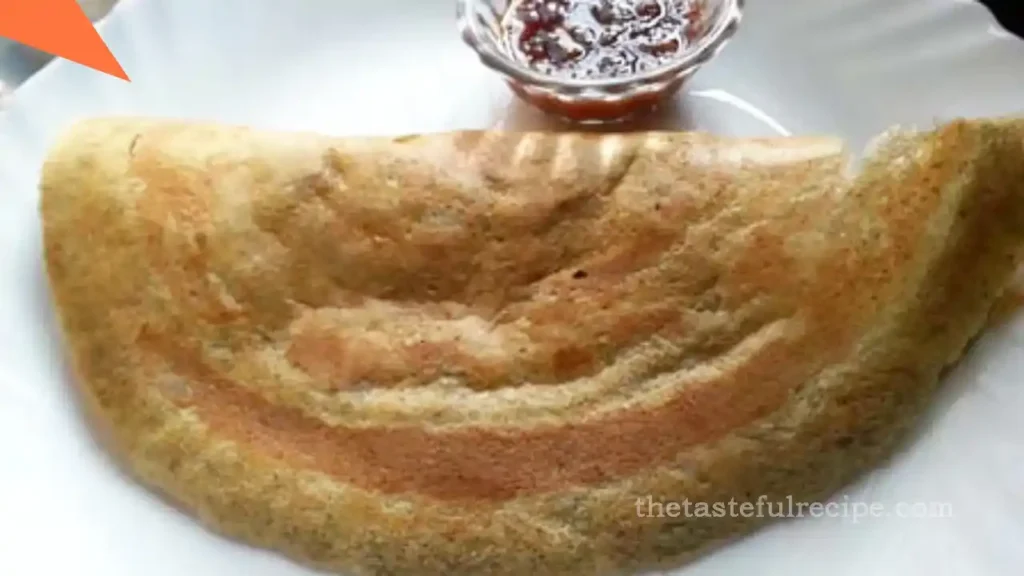
This is because the following Pesarattu Recipe is quite delicious and healthy in equal measures; therefore, you should consider making it a part of your diet. It is, therefore, most suitable to be taken in the morning to allow the body to have a constant supply of energy from the consumed food. Therefore, the Pesarattu Recipe does not contain any gluten and is safe for consumption by gluten sufferers and those who have been diagnosed with coeliac disease.
Try More Recipe:- Healthy Chinese Cabbage Stir Fry: A Delicious Side Dish
Healthy and Tasty Pesarattu Recipe: Step-by-Step Guide
Description
In actuality, Pesarattu is just a delicious and at the same time nutritious dosa is the delicacy of the Andhra Pradesh state which is located in the southern part of India and prepared out of green gram. This homemade recipe is best served for breakfast or for in-between meals; it’s protein and fiber-filled food your entire family would enjoy.
Ingredients
Optional Ingredients:
Instructions
-
Soak the Ingredients:
- Soak 1 cup of green gram and 1/4 cup of rice (if using) in water for at least 4 hours or overnight.
-
Prepare the Batter:
- Drain the soaked ingredients and blend them with ginger and green chilies, adding water as needed to form a smooth batter.
- The consistency should be similar to a pancake batter.
- Add salt to taste and mix well.
-
Preheat the Pan:
- Heat a non-stick pan or a griddle over medium heat. Grease it lightly with oil.
-
Spread the Batter:
- Pour a ladleful of batter onto the center of the pan and spread it evenly in a circular motion to form a thin dosa.
-
Add Toppings:
- Sprinkle finely chopped onions and coriander leaves over the dosa.
- Optionally, add cumin seeds or chopped spinach.
-
Cook the Pesarattu:
- Drizzle a little oil around the edges of the dosa. Cook until the edges start to lift and the bottom is golden brown.
- Flip the dosa and cook for another minute if needed.
-
Serve:
- Serve hot with upma, coconut chutney, or ginger chutney.
Servings 10
- Amount Per Serving
- Calories 150kcal
- % Daily Value *
- Total Fat 3g5%
- Saturated Fat 1g5%
- Sodium 145mg7%
- Potassium 143mg5%
- Total Carbohydrate 10g4%
- Dietary Fiber 2g8%
- Sugars 1g
- Protein 3g6%
- Vitamin A 45 IU
- Vitamin C 2 mg
- Calcium 17 mg
- Iron 1 mg
- Phosphorus 46 mg
- Zinc 1 mg
- Manganese 23 mg
* Percent Daily Values are based on a 2,000 calorie diet. Your daily value may be higher or lower depending on your calorie needs.
Note
- Serve with upma, coconut chutney, or ginger chutney




